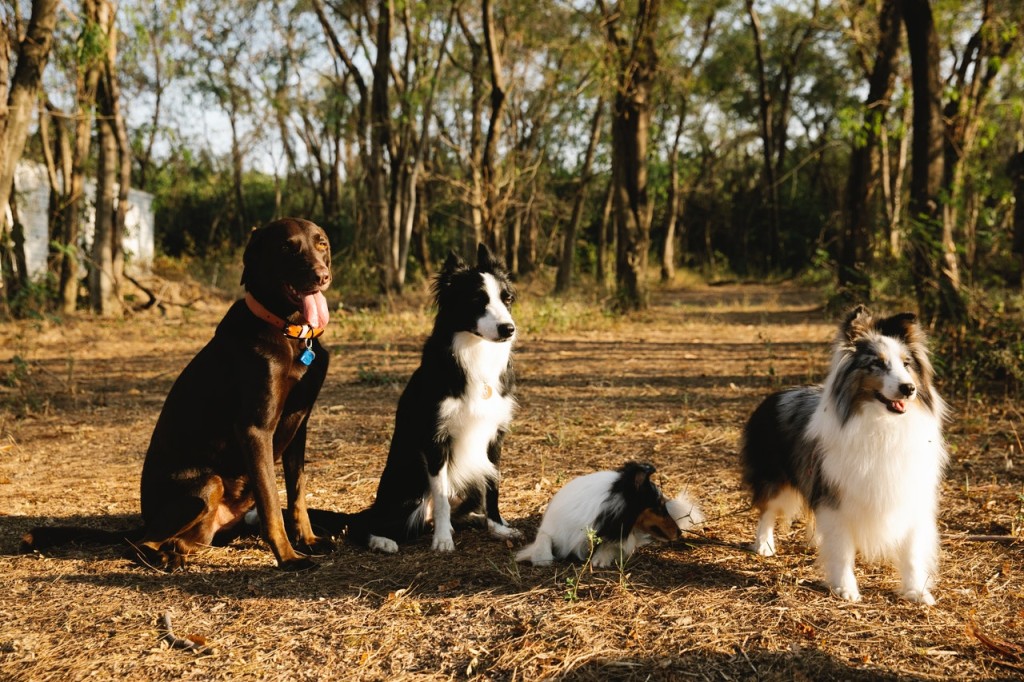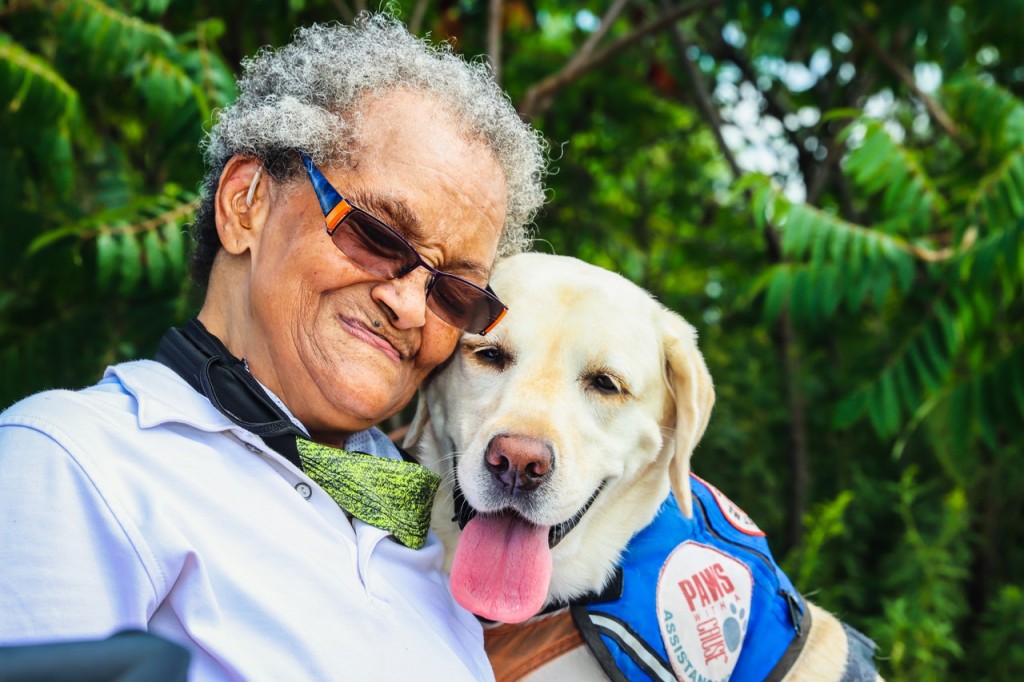Dementia is a general term that describes the loss of memory, thinking ability, attention, and other mental abilities that interfere with a person’s daily life and activities. You may notice dementia patients wandering and getting lost on their way home, acting impulsively, losing balance, or having problems with movement, which are only some of the many signs and symptoms that affect their quality of life.
Although dementia is common in older people, it’s not part of normal aging. People with dementia need the help and support of others to accomplish their daily tasks. This is where dementia dogs can come in handy. They can serve as an alternative to caregivers, allowing patients to have some autonomy and make the most out of life.
Keep reading to know more about dementia dogs and what they can do for patients suffering from dementia.
What are Certain Characteristics of Dementia Dogs?
Dementia dogs undergo protective mentality training that activates their common sense and initiative skills. Since most dementia patients have impaired mental capabilities, these dogs are taught multiple small tasks necessary to overcome their handler’s physical limitations.
To be an effective service animal, these dementia dogs should possess the following characteristics: a calm disposition, good attention to tasks, excellent concentration, friendly (can go along both with humans and other animals), and the ability to ignore distractions. In contrast, dogs who respond violently to accidental pain are not effective service dogs.
The best dog breeds that are highly capable of being used as dementia dogs include Golden Retrievers, Labradors, Collies, and German Shepherds. These dogs are usually calm, dependable, and easy to train.
What Do Dementia Dogs Do?
Dementia dogs are taught to do specific tasks such as getting medicines, waking their handlers, opening a door for the handlers, and more. They assist a person with dementia to live a quality life despite the disease.
Dementia dogs also undergo scent training. Familiarity with the handler’s scents is very crucial in their future companionship. It usually takes about 6 months of training (or more) for the dog and its handler to get used to each other’s company.
Meanwhile, the mere presence of an animal can help reduce anxiety, depression, and irritability. Dementia dogs are often friendly, making them good companions and helpful advocates for dementia patients to socialize.
Furthermore, these service dogs follow commands and respond to visual and auditory cues. For example, the ringing of an alarm may signal the dog to get their handler’s medication and assist them in taking it.
Related:7 Commands to Teach a Service Dog
Conclusion
Dementia dogs are trustworthy and dependable companions that help make the lives of their handlers easier and more comfortable. However, it’s important to note that service dogs alone cannot fully protect a patient with dementia and vice versa. While service dogs can help and guide their handlers in doing day-to-day activities, they cannot make decisions for them.
Similarly, someone with Alzheimer’s (the most common type of dementia) may not be capable of taking care of a dog on their own. For this reason, including a caretaker that ensures the dog’s safety and well-being is a more holistic approach.
Do you own an assistance animal? Register your pet today.
The Service Animal Registry of California invites you to have your assistance animal registered in order to designate its status. We also encourage you to take our online classes so you can be fully aware of your rights and gain more knowledge about your support animal.
Finally, we present to you our book entitled, “ASSISTANCE ANIMAL LAWS: LEARN YOUR RIGHTS REGARDING SERVICE ANIMALS, EMOTIONAL SUPPORT ANIMALS, THERAPY PETS, AND OTHER DOGS, CATS, AND ASSISTANCE ANIMALS” to provide you with a complete education on assistance animals. Purchase your copy of the book by clicking the image below. 



